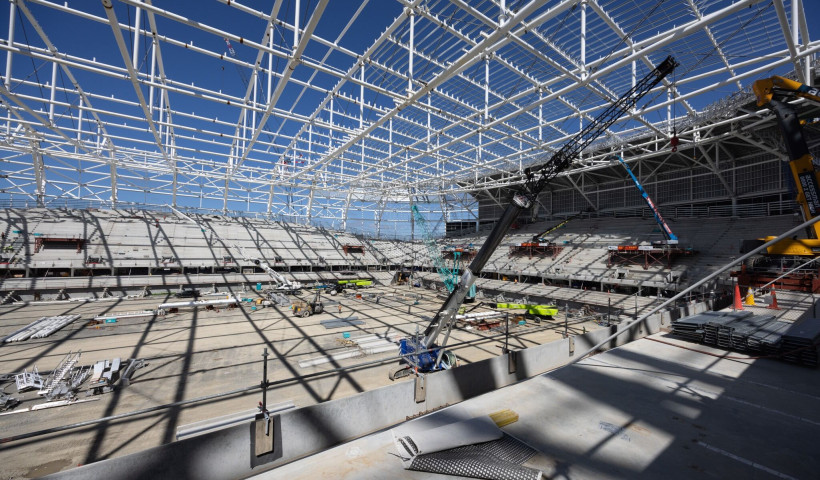
Summer temperatures can cause water to evaporate too quickly resulting in issues with plaster based compounds being able to set. Plaster based compounds require a specific amount of water to be available to be able to change from plaster to gypsum, which is the process of setting. When a 90 minute set compound starts to set it may have been on the wall drying out for 80 minutes. In hot weather, the water loss can be so high that there is not enough water remaining in the compound for the plaster to revert back to gypsum. This results in joints that are weak. This may result in joints cracking, tapes falling out, and poor bonding of subsequent compound coats.
The speed with which a plaster based compound will dry is subject to:
- The mass of plaster applied: Less mass, faster drying.
- The temperature of the board and surrounding air: Higher temperature, faster drying.
- The length of time before set: Longer set, more likely to dry out before set.
- The amount of water placed in the compound: Less water more likely to dry out.
There are ways to avoid the issues described above. Analyse the job, and where possible, schedule times to do specific parts of the job, and use the appropriate compounds for the conditions. Surfaces more prone to drying out due to excessive heat should be taped in during the coolest part of the day, early morning. Do ceilings with no insulation in the roof cavity first (usually the garage), then raking ceilings (if any), then the insides of exterior walls facing the sun, all the other exterior walls, ground floor ceilings (if any) and internal walls. Use shorter set compounds in the critical areas that may become excessively hot in summer. The shorter the set, the less time the compound has to dry out before it sets. Use 45 minute set compounds if a hot area has to be done in the afternoon. It may take longer to clean out the bucket and mix more compound, but it will reduce the possibility of call back significantly.
Some specific areas to consider:
Square stopping on a ceiling below a roof cavity in summer:
Issue: Little mass applied as the stopping has to appear square, and is often not on a taper surface. Ceiling board is exposed to the hot ceiling cavity.
Cure: Schedule for first thing in the morning when the roof cavity will still be cool. If above 20°C, use a shorter set compound. If above 25°C use 45 minute set compounds.
Stopping a garage ceiling beneath a roof cavity that is not insulated:
Issue: Roof cavity may exceed 65°C in the latter part of the day, heating the board joint surface way above ambient.
Cure: Schedule taping coat for first thing in the morning, and if hot use 45 minute set compounds.
Stopping raking ceilings, and apex joints:
Issues: Excessive temperatures due to little air gap, and proximity to the roofing material.
Cure: Once again, scheduling this for the earlier part of the day ensures temperatures are lower. Use of a shorter set compound (45 minutes) is wise on apexes, where the back of the joint may be directly exposed to the heat of the roof cavity.













 Case Studies
Case Studies








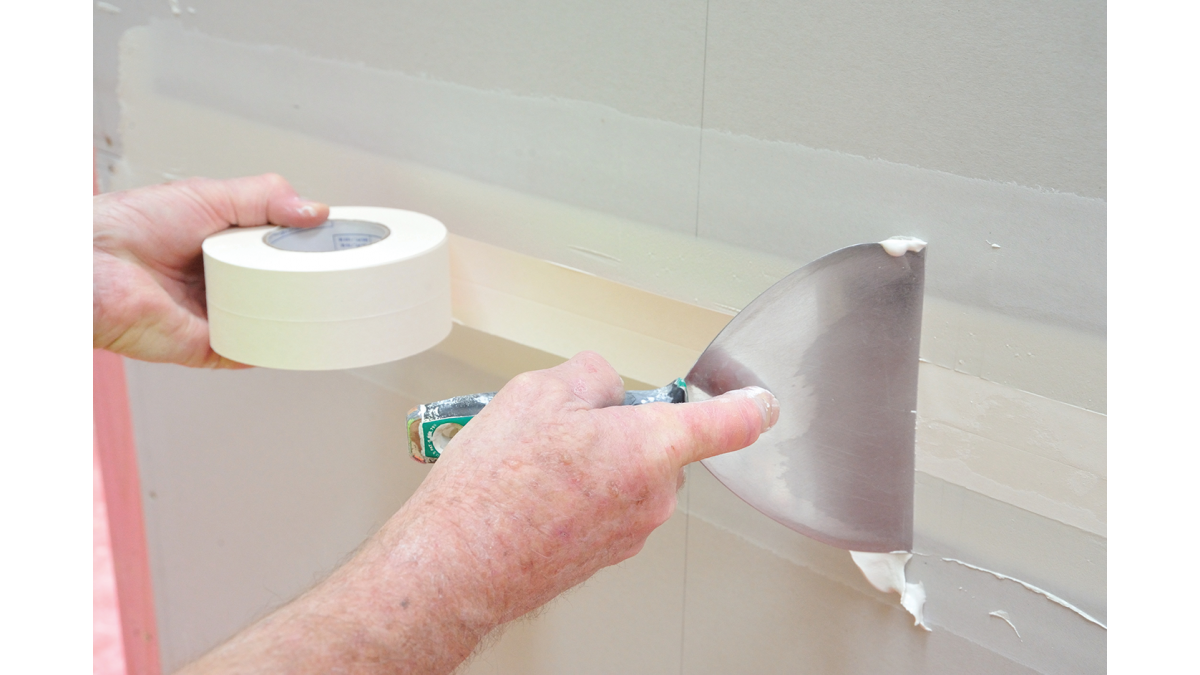


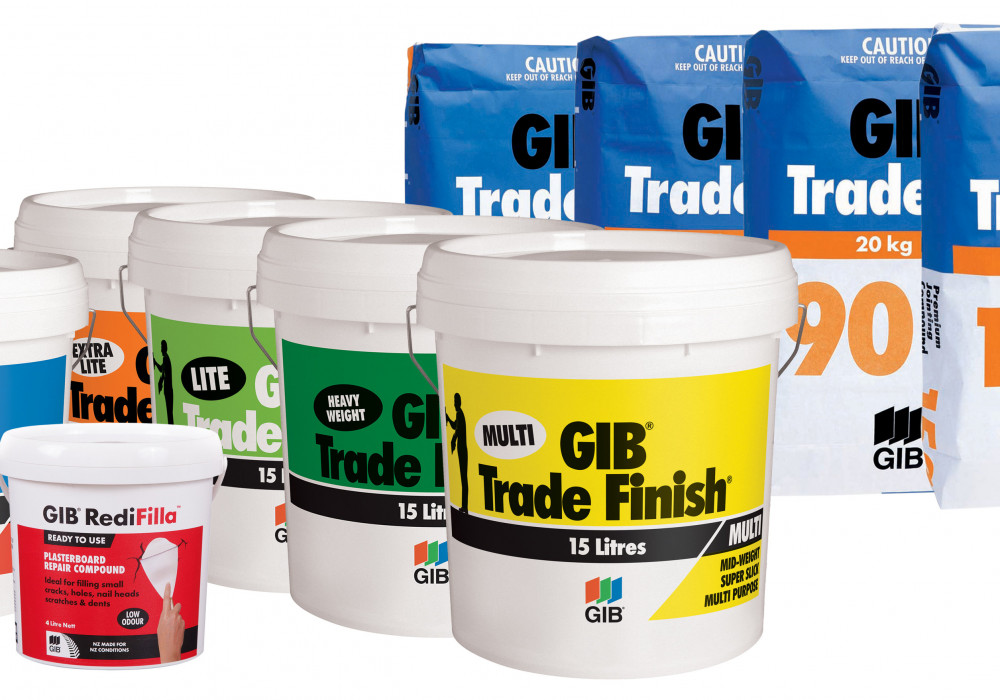
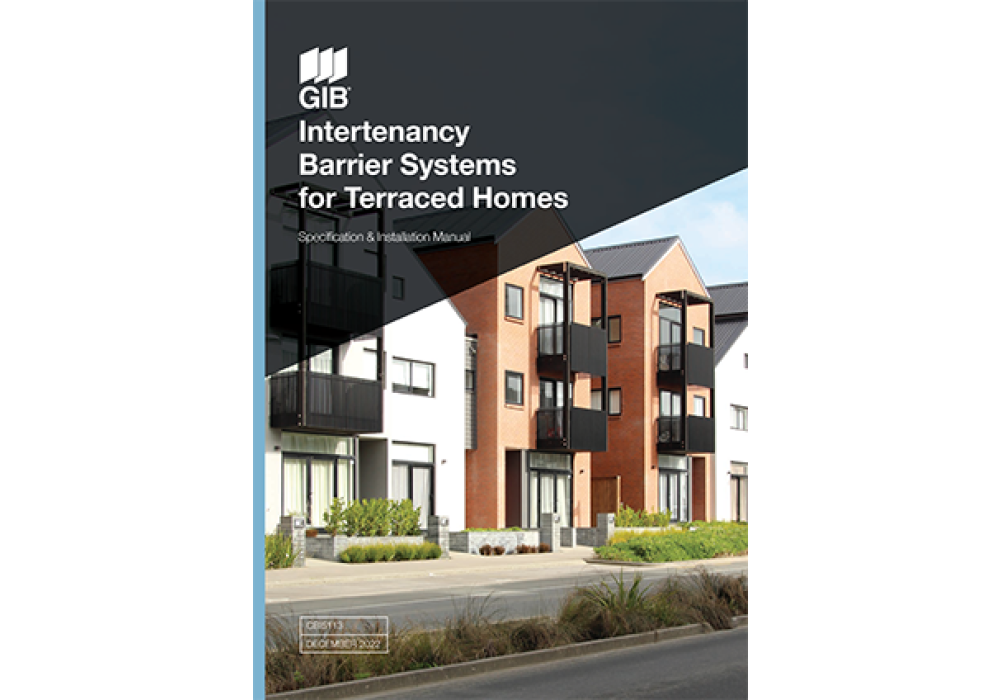
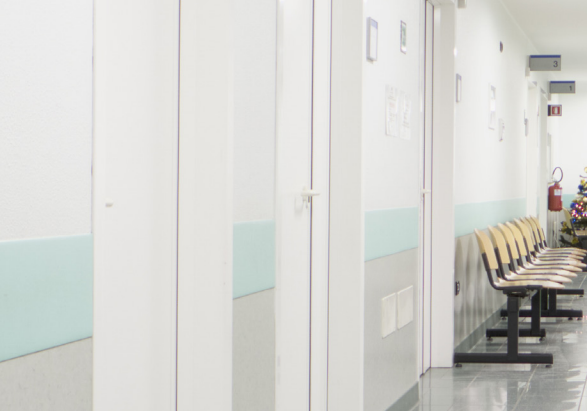

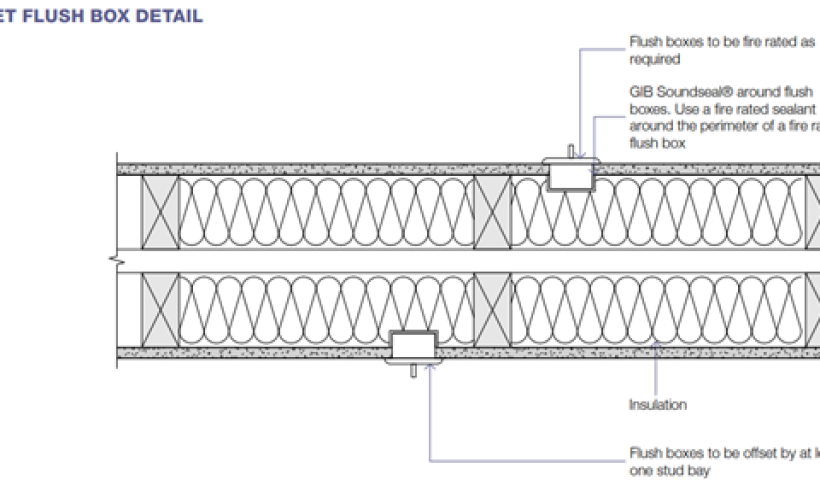
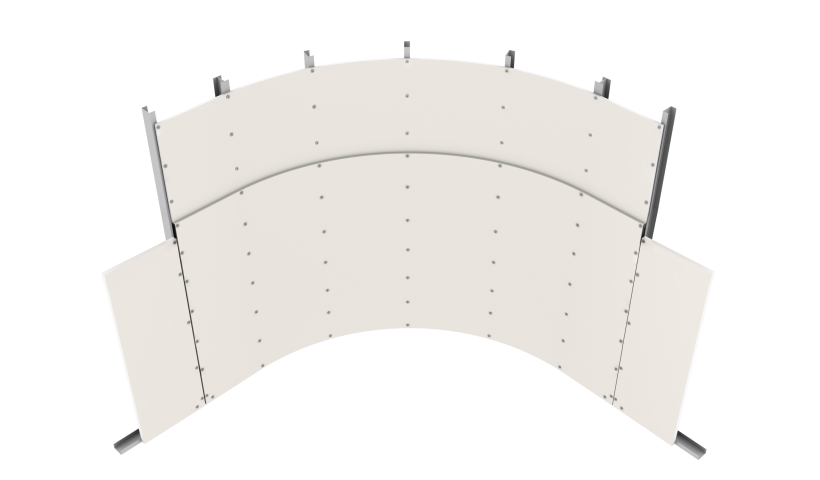
 Popular Products from GIB
Popular Products from GIB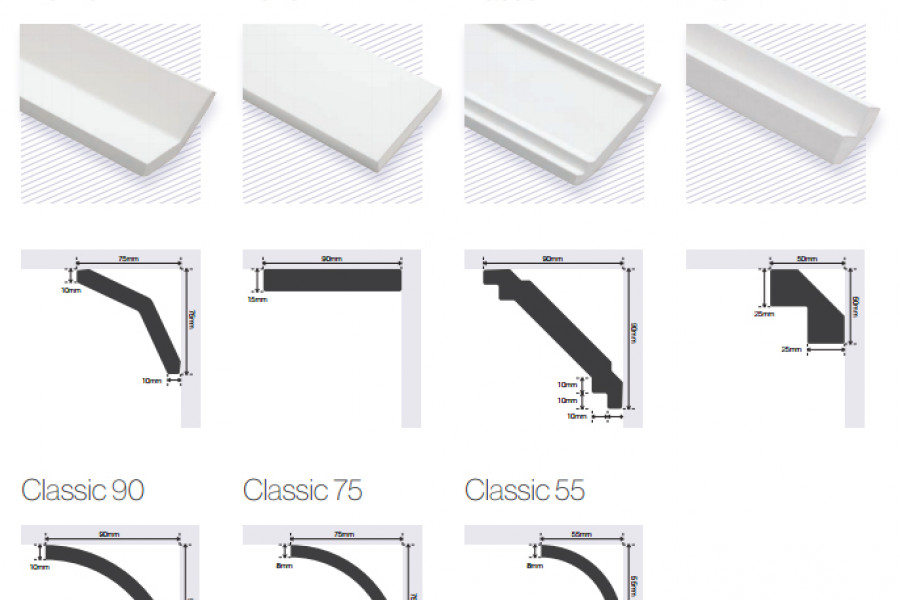
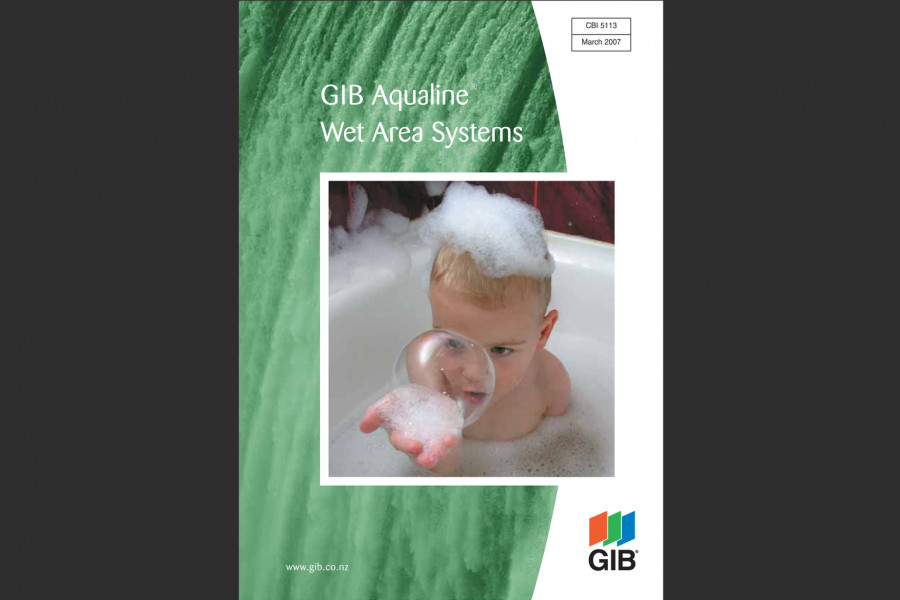
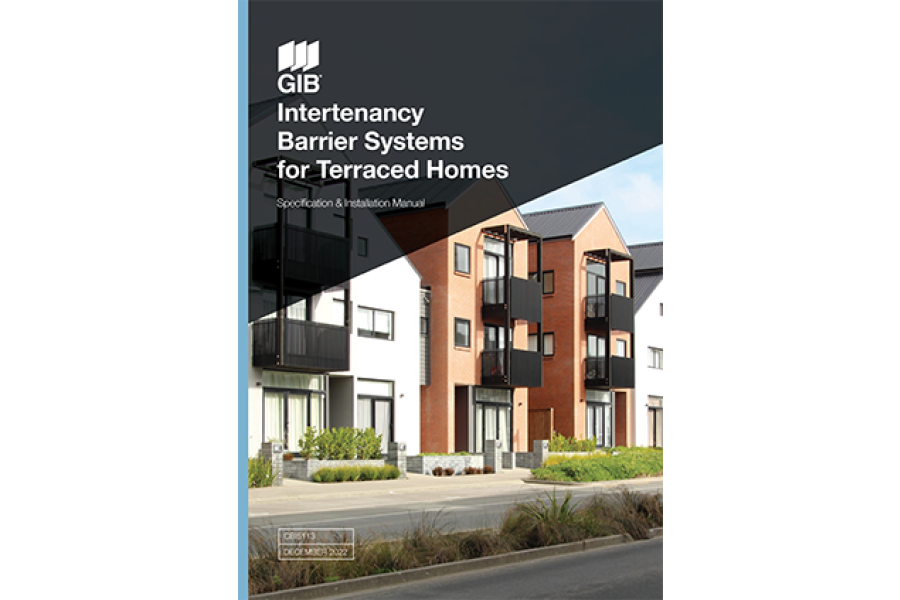
 Most Popular
Most Popular


 Popular Blog Posts
Popular Blog Posts